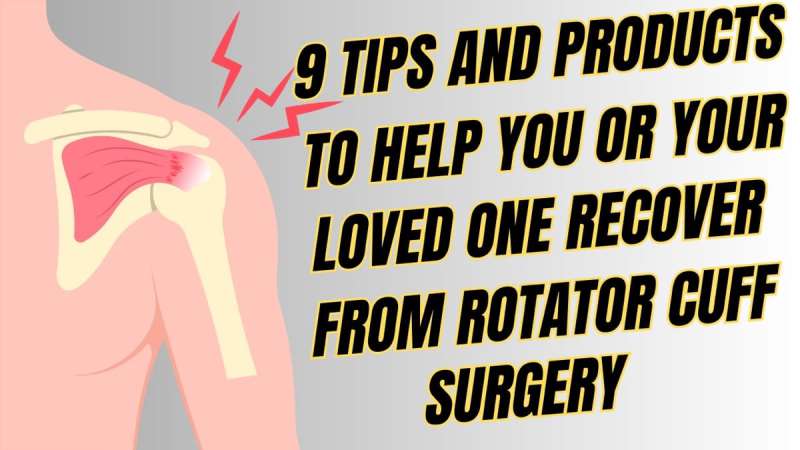
ARTICLE – For the past few weeks, I’ve become a caregiver (pseudo nurse) for my better half, who had to have rotator cuff surgery. Rotator cuff surgery is a common procedure to repair torn tendons in the shoulder. This surgery is a big deal for the person with the injury and the person who will provide support and care post-op. Since I now have some experience with this topic, I thought an article with some useful tips and info on products we found useful would be helpful for others. Let’s get into it.
First, a little background
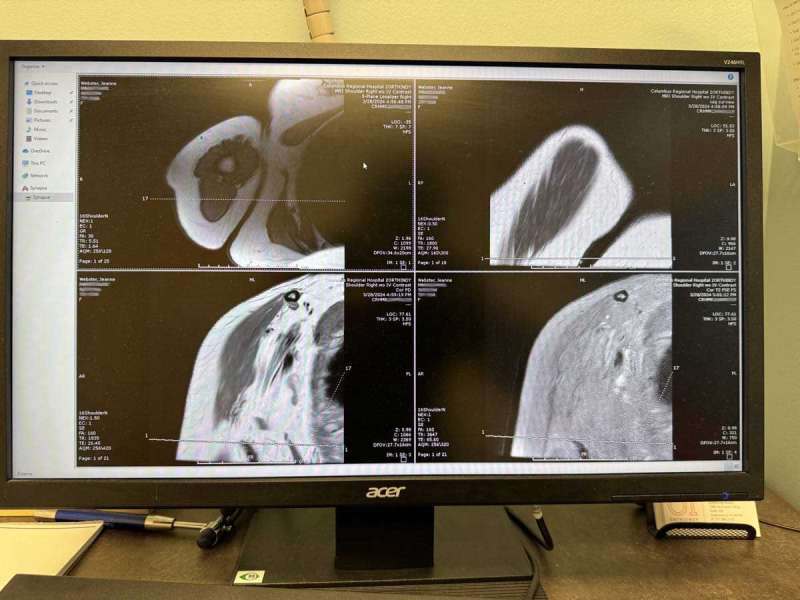
Jeanne had been having pain in her shoulder for a year or longer and had visited her primary doctor and a local ortho doc who took x-rays, told her that she had a bone spur, and gave her exercises to do. Long story short, she did the exercises, but they didn’t help; she dealt with the discomfort for months and finally got tired of the pain and went to another doctor who did an MRI and found a significant tear in the supraspinatus tendon and bicep tendon. The doctor said surgery was the best option for relief and repair. She agreed and her surgery was scheduled.
Tip #1 Practice your daily activities with just one arm
Jeanne’s surgery was going to be on her dominant arm/shoulder. That meant some every-day activities were going to be tough. If you don’t think so, just try brushing your teeth, combing your hair, eating, and doing your toilet activities with your non-dominant hand. I advised her to practice using her non-dominant hand every day for two weeks before her surgery, and I think it helped.
We had been seriously thinking about investing in a bidet, but due to her practicing, she decided to just deal with it, and it’s been fine. However, there’s nothing wrong with going the bidet route, and we’ve done quite a few bidet reviews, so definitely check them out if you find yourself in this situation.
Tip #2 Consider staying at a hotel near the hospital the night before the surgery
We live about an hour from Ortho Indy, the hospital where the surgery was going to be taking place. We thought that staying at a nearby hotel would be the best option since we were supposed to be at the hospital by 5:30 AM the morning of the surgery.
It was so much less stressful being able to sleep a bit longer, not have to rush getting ready, and only have to drive less than a mile to the hospital the next morning.
Yes, it was an extra expense but well worth it. We also found out that the hotel had a “secret” discount if you mentioned the hospital, so we saved quite a bit on the room rate.
The day of surgery, otherwise known as Day 0
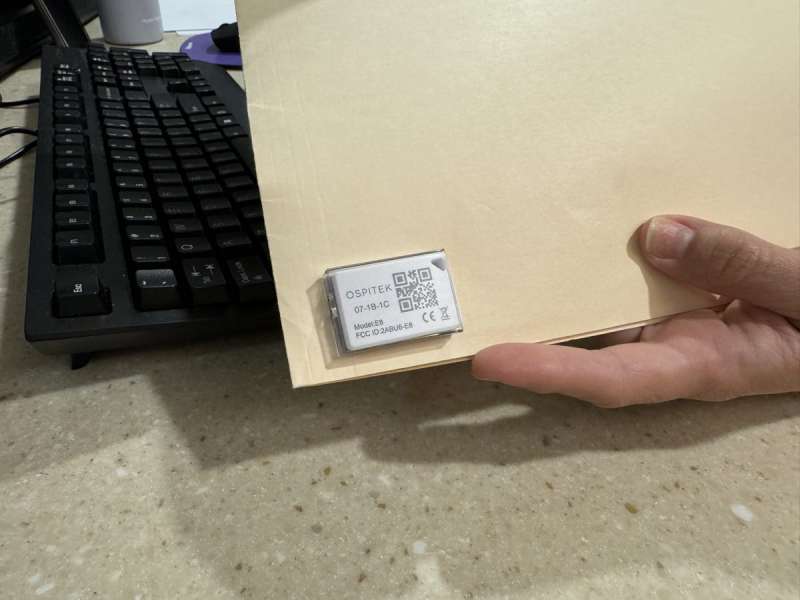
When we checked in at the hospital, they used some cool tech to track Jeanne’s progress/navigation through the surgical process. A small plastic module called the OSPITEK was stuck to her medical records folder and allowed me to check where she was at any time through my phone.
The surgery went without a hitch/surprises and we were home by 12:30 PM the same day.
The real “fun” for Jeanne started after we got home and started dealing with only having the use of one arm and the big issue of pain management.
Tip #3 Enlist help from a friend or loved one
Recovering from rotator cuff surgery isn’t something you’ll be able to handle alone. Having someone to assist you during the first few days post-surgery is crucial. They can help track your pain medication and daily activities such as showering, dressing, and cooking so you can focus on resting and recovery.
Tip #4 Consider investing in a recliner if you don’t already have one
Being able to sleep after rotator cuff repair surgery may be one of the biggest problems for many people. I watched dozens of videos, and many people recommended sleeping in a recliner instead of a bed after surgery. Why? When lying flat in bed, gravity can cause your arm and injured shoulder to rest in an uncomfortable position. A recliner helps maintain proper posture and prevents rolling onto the healing shoulder, which can cause further injury.
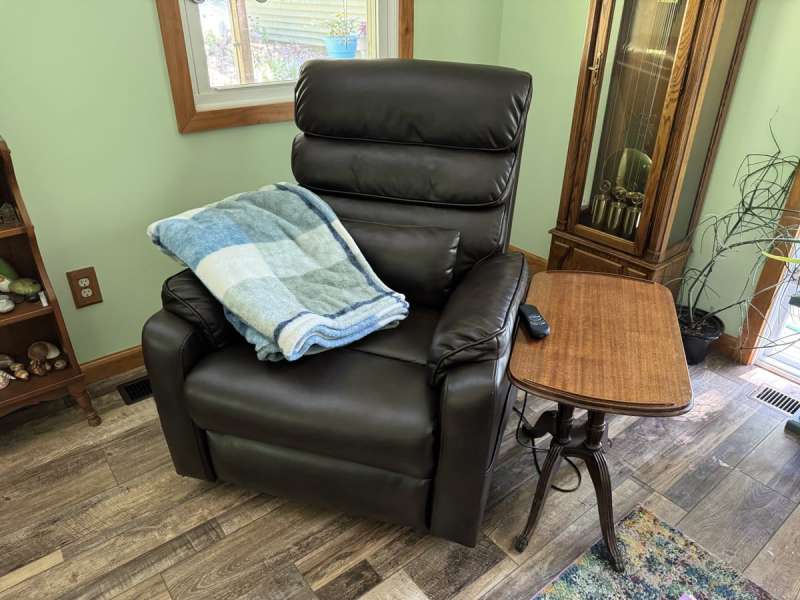
We were fortunate that FlexiSpot sent us their FlexiSpot XL6 Power Lift Recliner, which Michael reviewed recently. This recliner was very helpful for Jeanne in the first two weeks after surgery. She could use the handheld control to recline at an almost completely flat position. She wouldn’t recommend the PU leather version that we were sent, though, as she kept feeling like she was sliding out of the chair. Luckily, FlexiSpot offers this chair in a chenille version, too.
Tip #5 Use an app to track pain medication
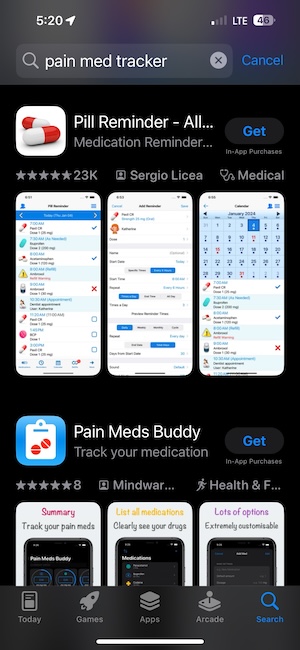
I want to preface this section with a statement that what I’m typing here is based on Jeanne’s experience and what her doctor prescribed. Follow your doctor’s orders, and do not change anything based on what is written here.
Jeanne had a nerve block as part of the surgery, and she was prescribed Percocet, which is a high-powered and potentially habit-forming narcotic. When we picked up the medicine at our local Walmart, they wanted to also give us Narcan (an antidote for overdose), which kinda freaked me out.
The surgeon told her to take a pain pill when she got home after surgery, then another one at dinner, and then two more before going to bed, but the instructions on the bottle said to only take one pill every four hours. The paperwork that the hospital gave us to take home also said to follow the directions on the bottle, and then the recovery nurse told me to just give her a pill before going to bed because the nerve block probably wouldn’t wear off for another 12 hours.
We got home around 12:30 PM and Jeanne slept on and off most of the afternoon. Her arm was completely numb all the way to her fingertips, but around 4 in the afternoon, she said she was feeling tingles in her fingertips, so she took her first Percoset. She still had zero pain when she took another pain pill at 10:00 PM when we went to bed.
She slept in the recliner, and I was in the bedroom. I woke up at about 12:30 AM and heard some rustling around in the kitchen next to where she was supposed to be sleeping. I got up and found that she had been trying to find the ice pack that the nurse had given us. She said she was in really bad pain. I couldn’t understand this because she’d just taken the pill only 2 hours before and wasn’t due to take another one for two more hours. I was afraid to give her more so soon.
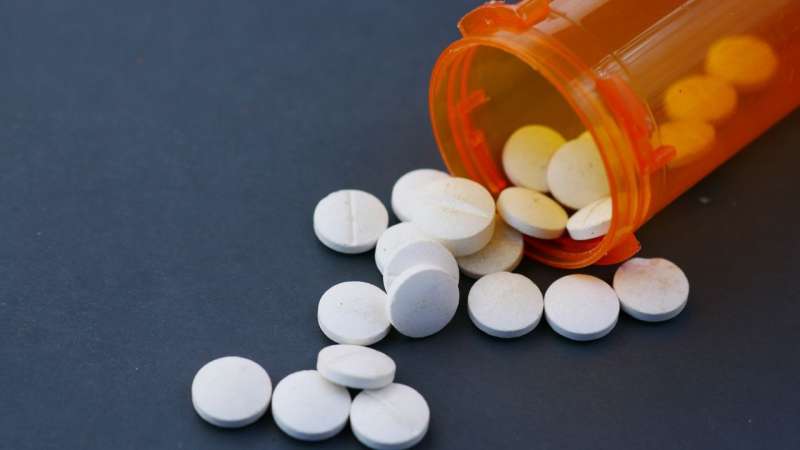
I ended up calling the emergency after-hours number they had given us and finally got the on-call surgeon to call us back. I explained when and how many meds she’d been given so far, and he said that we were way behind and to give her 2 pills immediately and 1-2 more pills every 3 hours instead of just one every four hours. We did as directed and thankfully, her pain was reduced shortly after.
I’m writing all of this to make sure you know ahead of time how to handle the pain meds because this type of surgery is very very very painful. I felt like we got some mixed messages about how to dose the pills from the bottle directions, the paperwork, the nurse, and the surgeon. Especially because you only get 28 pills, and once they are gone, you’re SOL.
I used a regular notebook and pen to write down when, how much, and which pain meds she was taking, along with timers on my phone to let me know when the next dose could be given. A few days later, after she had already stopped taking they meds, I realized that there are apps that you can use to track pain medications. Using an app to track pain medication ensures doses are taken on time, and overmedication can be more easily avoided. I was fine using paper, pen, an my phone, but an app might be a lot more convenient. I didn’t test any apps, so I can’t recommend any specific ones, but they are worth checking into.
Tip #6 Use an ice pack
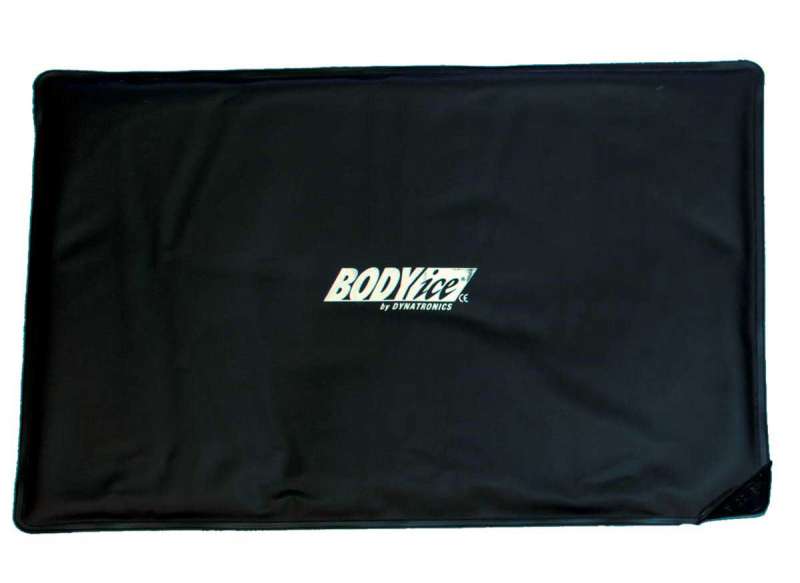
Jeanne only took the pain pills for the first two days, and then she stopped because she hated how they made her feel. We ended up using an ice pack, and that helped a LOT. Ice packs are great for reducing inflammation and managing pain in the initial weeks after surgery. They help minimize swelling and provide relief from discomfort.
They sent us home with an ice pack, but Jeanne had a much larger one that she had purchased years ago. She preferred that one (shown above) because of its size and the fact that it molded more easily to her back, over her shoulder, and down her arm. If your doctor says you can use an ice pack, we highly recommend the one shown above, which is available on Amazon.
Tip #7 Buy an extra shoulder sling
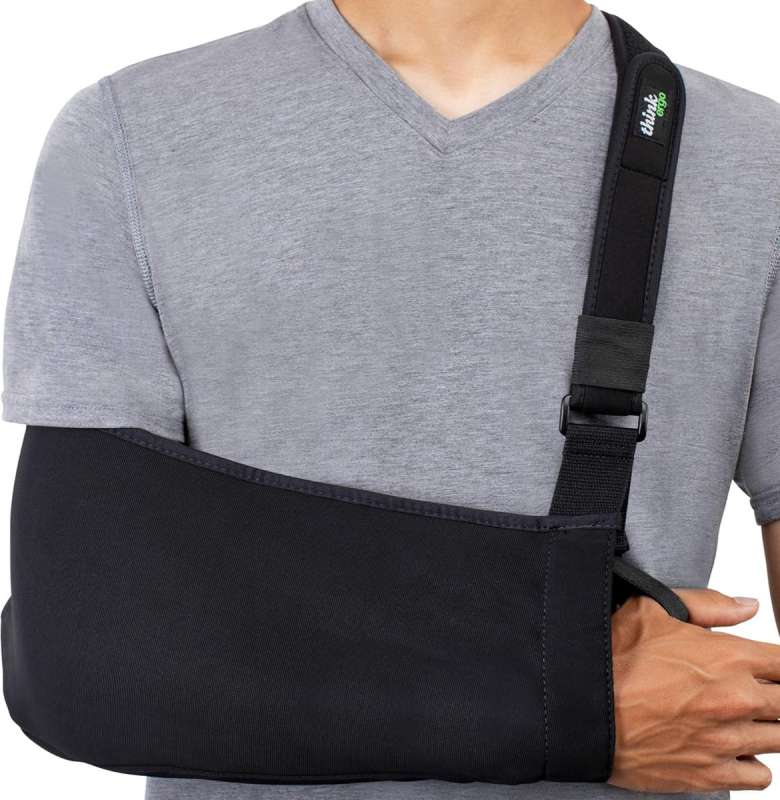
If you have rotator cuff surgery, you’ll probably be given a sling when you leave the hospital. A shoulder sling helps you keep your shoulder immobilized, which is crucial for healing. It provides stability and reminds you to avoid moving your arm too much early in your recovery. It also is a visual cue to others when you’re in public not to come up and try to shake hands, grab your arm, etc.
An extra sling is also helpful if you have pets. We have a cat that sheds, and the sling that Jeanne was given is black, which means it shows lint and cat hair. It’s nice to have a fresh sling so that you can wash the other one when it becomes a little grimy. You can also buy a quick-dry mesh sling designed for showering. We didn’t get a shower sling, but we did buy a relatively inexpensive spare sling on Amazon for less than $15.
Tip #8 Use aerosol deodorant
How do you put deodorant on the “bad” armpit if you can’t open the space between your arm and side very well in those first couple of weeks? We’re a solid deodorant using house, and we didn’t think about this potential issue until after the fact. The solution is aerosol (spray) deodorant. Trust me, it will make your life easier.
Tip #9 Use floss picks
Here’s another thing we didn’t think about dental care with just one operational hand. Yes, you can brush your teeth with one hand, but what about flossing? We use string floss, which requires two hands. The solution is to use floss picks, which are easier to use with one hand compared to traditional dental floss. Floss picks come in a variety of different styles and flavors and even come individually wrapped.
Final thoughts
Today marks three weeks since Jeanne’s surgery, and she’s doing very well. Last week, we went back to the surgeon for the pre-op follow-up, and he removed the stitches and showed us what the tear and repair (part of it) looked like. I took some pictures he showed on the computer, but I don’t know exactly what I’m looking at. I think pic on the left is the main supraspinatus tendon tear, but I’m not sure. She also had her bicep tendon repaired.
He gave her orders for physical therapy, which starts tomorrow. She’s not experiencing pain when she’s not moving her arm but gets a good zing when she moves it in certain ways, so I’m worried about how she’s going to feel after tomorrow.
Jeanne says she wouldn’t wish this experience on anyone but felt she had no choice and had to get it done. Recovering from rotator cuff surgery can be challenging, but with the right tips, products, and someone to help you, you can make the process smoother and more comfortable.

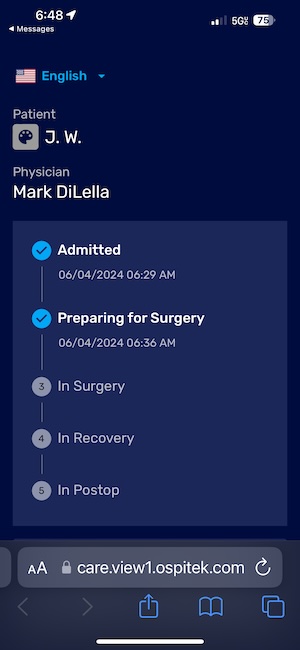
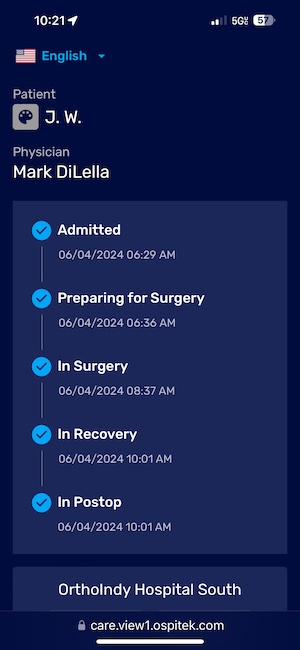
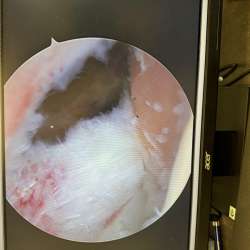
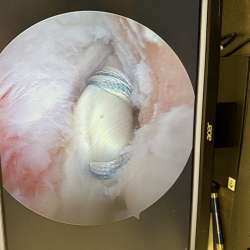
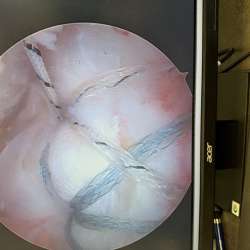


Gadgeteer Comment Policy - Please read before commenting
Thanks for this and hope she continues to recover smoothly.
I cannot recommend more highly the Breg Polar Care Cube. You place 4 frozen water bottles in the cube and fill with water (distilled is best) and the unit continuously circulates cold water thru an insulated pad to keep your shoulder (or whatever needed area) iced down for extended periods.
https://mycoldtherapy.com/collections/breg-cube/products/polar-care-cube?variant=31196141584454
My wife had rotator cuff and partial bicep detachment surgery on both shoulders (individually, about 6 months apart) and the Breg made a massive difference in her comfort level and healing. She’s very keen on avoiding any reliance on pain meds and she was able to quickly wean off of the pills after the 2nd day with the Breg.
Even if the Breg had only been used by my wife, it would have been a terrific investment, but we’ve also since loaned out the unit to a couple of friends who’ve had similar surgeries, so the Breg continues to essentially pay for itself.
Rob, I was very close to buying one of those for her to use but decided to skip it. The large cold pack that we already had worked just great for her and she really only used it for 2 days. She’s a warrior. She used the narcotics for 2 days, then 2 with the cold pack and nothing since including ibuprofen. That will probably change today though. We’re at her first physical therapy session right now… I have a feeling she’ll be hurting again soon.
Yeah, the PT sessions absolutely will amp the pain back up, but those are SO important! Post-PT ice packs are a must!
My wife kept the cold therapy going for several weeks, tapering down the number of hours over the course. She felt that using the Breg really made a difference in her recovery duration and was relieved that it kept her from needing pain meds.
Great info. I hope she gets back to 100% quickly!
Recliner tip: if possible plan enough ahead to try different brands/sizes before you need it. When my wife broke the top of her humerus they decided surgery wasn’t necessary but she had a hard time sleeping. We rented a recliner but it didn’t fit her well (plus it was PU leather so it could be cleaned between rentals).
Also: Waterpik for flossing – not as effective as manual flossing long-term but easy to use one-handed.
Hope her recovery continues to go well!
Betty, I didn’t even think about a water flosser! Great tip!
Floss pick and water floss are not as effective as string floss. How about you flossing her teeth when she’s in the recliner like at the dentist’s ?
My Wife had knee replacement surgery, and on advice from her Nutritionist, she started drinking Juven, a nutritional supplement that promotes healing. Amazing results and it quickened the process.
I’ve never heard of that. I’ll go look it up. Thanks!
Just curious: how do you know it ‘quickened the process’? This was obviouly a one off event without any possibility of a control.
Because at her 4 week post-surgical follow-up appointment, there was hardly any visible scar. The Surgeon was blown away at how quickly she healed vs hundreds of his other patients. He brought in his PA to see the results.
Thanks for this Julie. i dislocated my shoulder in January and now may have torn my rotator cuff so your post came at a good time. I also was sold that overdose stuff with my pain killers. Never used it and gave it to my Fedex driver in case he ever came across a need for it.
We turned down the Narcan when it was offered. Good luck with your surgery if you have to go that route.
The medicine tracking app is a great idea. I had a botched root canal that resulting in a need for Vicodin. But that made me stupid, so I lost track and double dosed while at work. That resulted in continual vomiting for the next 4 hours. I even tried to drive home to recover but that was a bad idea too. => keep close track of your meds.
I didn’t even think about using an app until after she stopped taking meds. I forgot to write down one of the times and was worried about giving a dose too soon. Taking Vicodin (not sure how that compares to Percocet) and getting sick at work does not sound like a fun time at all. Better living through chemistry as my friend used to say 😉